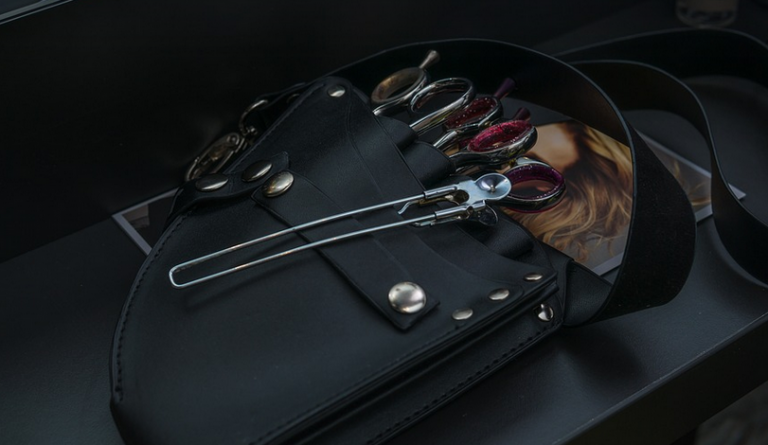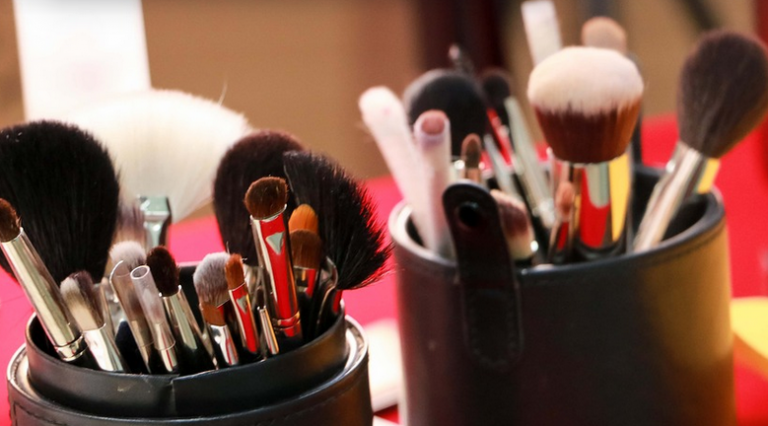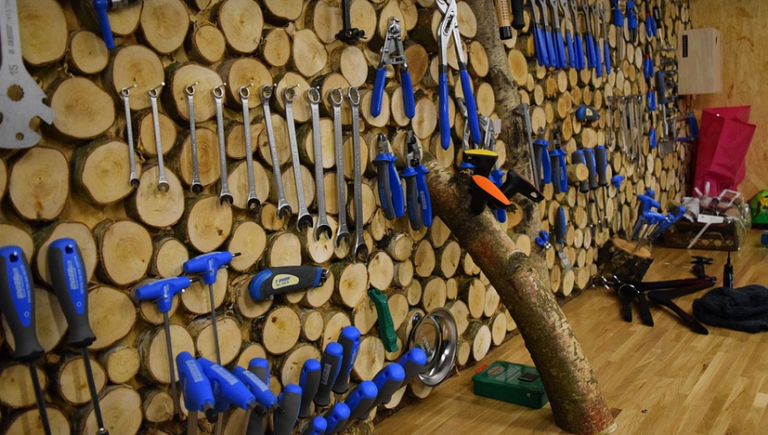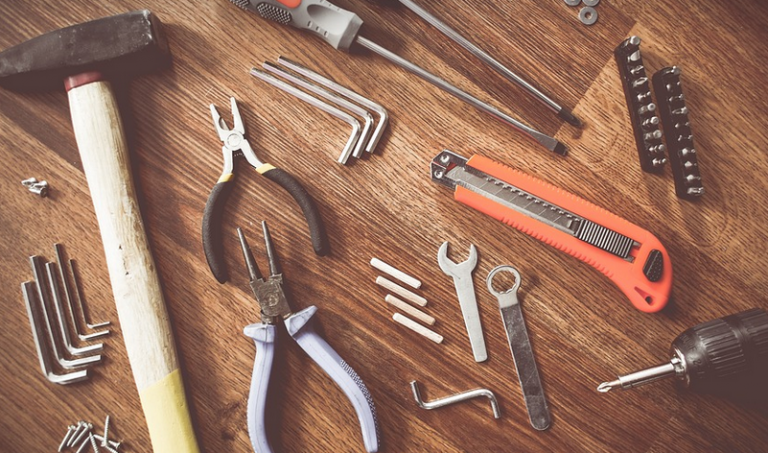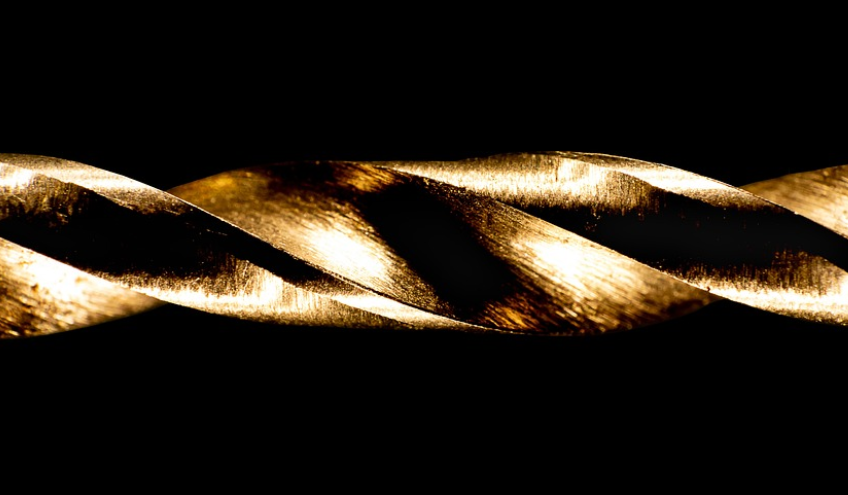
What are Wire Rope Clamps?
Think of wire rope clamps like the superheroes of rigging and lifting. These versatile tools enable us to safely and securely attach wire ropes to various structures, from cranes and conveyor systems to machinery and even outdoor sports equipment. They often come in different sizes and forms, each designed to accommodate specific applications and loads.
Why Choose Wire Rope Clamps?
Choosing the right clamp ensures smooth sailing for any project involving wire ropes. Let’s delve into the reasons why they stand out:
- Safety First: Wire rope clamps offer a secure hold, minimizing the risk of accidental slippage or release, thereby ensuring the well-being of your personnel and equipment.
- Durability & Longevity: Made from robust materials like steel, the clamps are built to withstand heavy loads and harsh environments. This translates to long-lasting performance for your operations.
- Versatility in Application: Wire rope clamps are designed with different configurations to suit various wire rope thicknesses and sizes, allowing you to create custom solutions for your specific needs.
Step-by-Step Installation Guide
Installing a wire rope clamp is less intimidating than it seems. Let’s break down the process into manageable steps:
1. Preparation Is Key
Before you start, gather your tools and materials: Wire rope clamps, wrenches, drill, measuring tape, safety glasses, and possibly a helper if necessary.
Ensure the area is clear of any obstacles or loose objects that could impede the clamp’s installation.
2. Understanding the Structure
Inspect the structure where you wish to mount the wire rope. Look for existing attachment points, whether they be bolts, holes, or other mounting features.
Note their size, location, and type—this will help choose the right clamp and prevent future complications.
3. Choosing the Right Clamp
Select a wire rope clamp based on several factors: the type of wire rope you’re using (round or flat), its diameter, load capacity requirements, and the structure’s material.
Consult your manufacturer’s guide for detailed specifications and recommendations for specific applications.
4. Measuring and Marking
Align the clamp with the chosen attachment point on the structure. Carefully measure the distance from the mounting point to the desired position of the wire rope.
Mark this location with a marker; ensure it’s easily visible for later reference or to avoid misalignments during installation.
5. Drilling and Installation
Using your drill, create a pilot hole at the marked location based on the clamp instructions. This ensures precise alignment of the clamp on the mounting point. Carefully insert the anchor bolt into the pre-drilled hole if required. If your clamp doesn’t require an anchor bolt, proceed to step 6.
Ensure that the bolt is seated squarely before tightening it.
6. Fastening with Bolts or Nuts
Once you’re sure of a secure fit, use appropriate bolts or nuts provided with your clamp to firmly attach it to the structure. Double-check for proper tightness and avoid overtightening, which can strain the wire rope.
Use a wrench for tightening the bolt/nut; ensure the clamp is positioned correctly for smooth installation.
7. Final Touches
Once all bolts are securely tightened, test the connection by gently pulling and checking if it holds firm. Ensure there’s no play or looseness in the wire rope and that the clamp is installed with a tight grip on the rope.
Finally, clean up any dust and debris and ensure the area is ready for operation.
Safety First
Remember, safety comes first! Always wear appropriate safety gear like goggles or gloves when dealing with heavy-duty tools. Be aware of your surroundings and work in a safe environment to prevent accidents. Consult with experienced professionals if you’re unsure about any step of the process.
Maintenance Tips
Maintaining your wire rope clamps can extend their lifespan significantly. Periodically inspect for wear and tear on the clamp, especially on the bolts or nuts that hold it in place. If you notice any signs of damage, replace them immediately to ensure peak performance and safety.
Regularly clean the clamp using a mild detergent solution and dry thoroughly to prevent rust and corrosion.
Proper maintenance can help avoid costly repairs down the line, ensuring your wire rope clamps continue to serve their purpose effectively for years to come.
